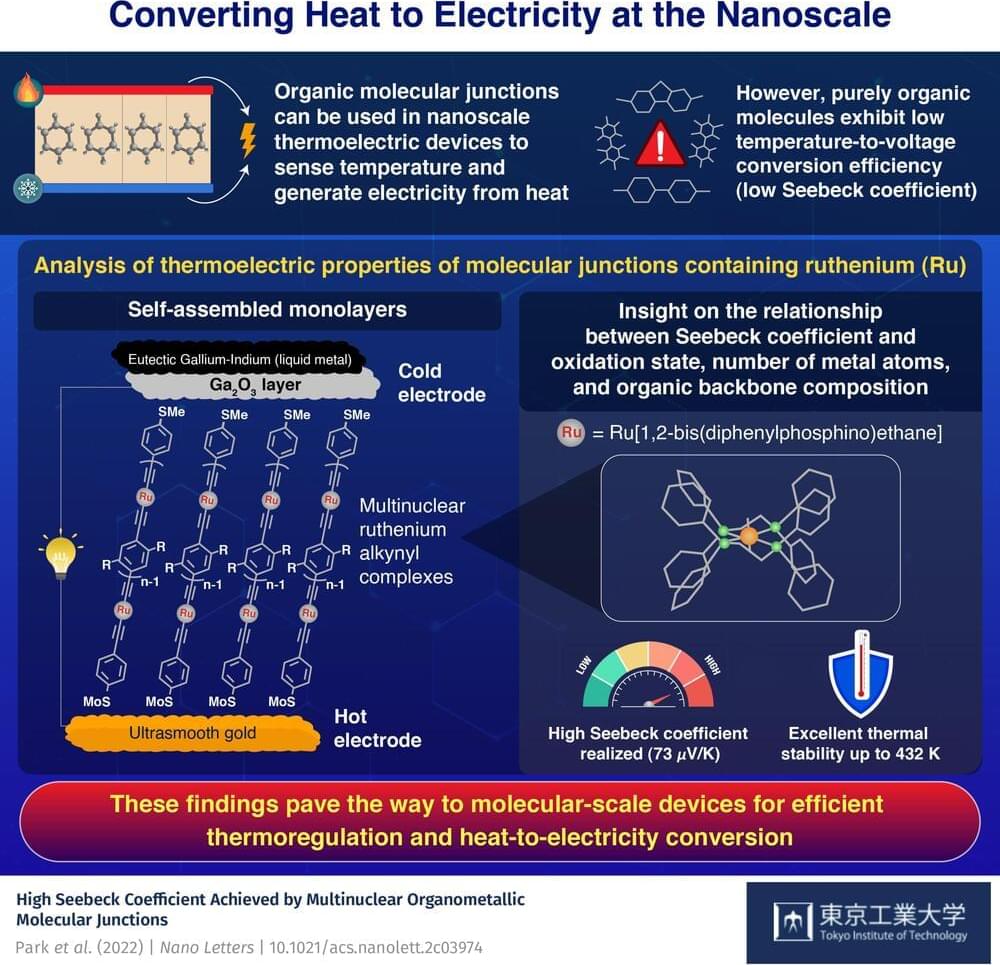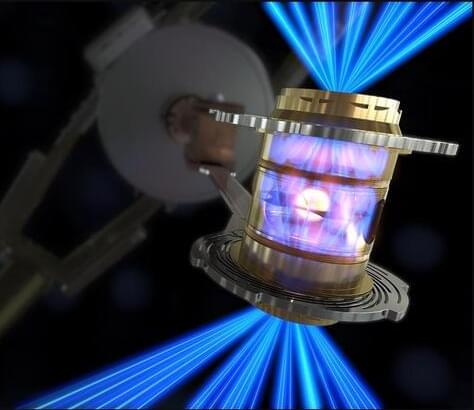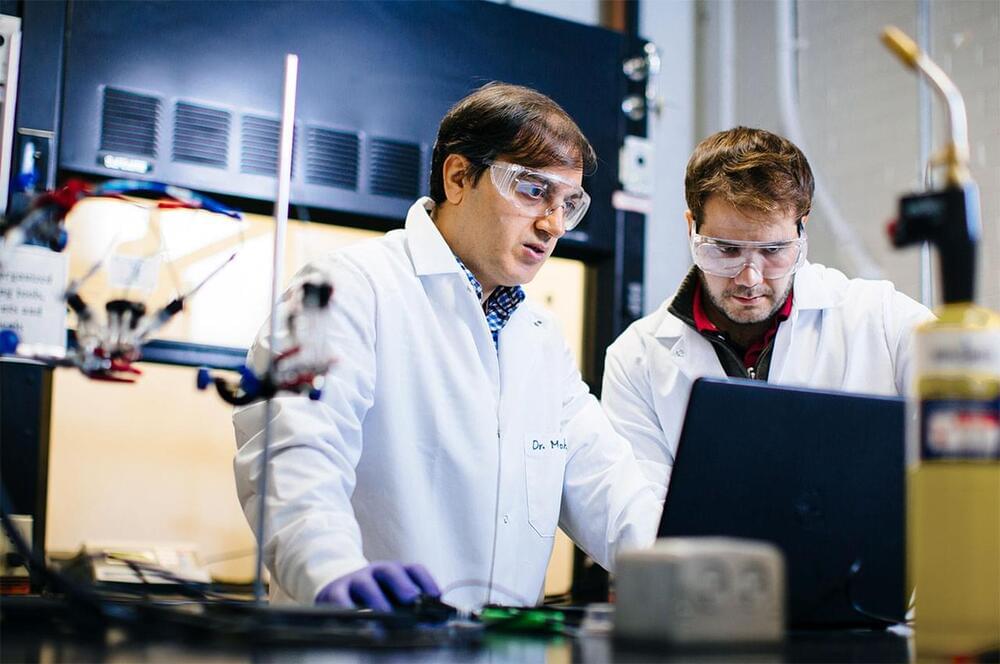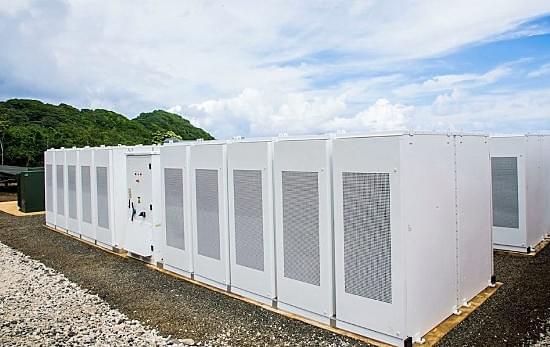Jan 5, 2023
Enabling nanoscale thermoelectrics with a novel organometallic molecular junction
Posted by Dan Breeden in categories: energy, nanotechnology
The Seebeck effect is a thermoelectric phenomenon by which a voltage or current is generated when a temperature difference exists across a conductor. This effect is the basis of established and emerging thermoelectric applications alike, such as heat-to-electricity energy harvesters, sensing devices, and temperature control.
In line with the unrelenting demand for ever-smaller devices, scientists are looking for new ways to leverage the Seebeck effect at the nanoscale. One way to achieve this is by using molecular junctions, which are miniature devices consisting of two electrodes bridged by one or a few individual molecules. Depending on how sensitive these molecules are to temperature, it is possible to fine tune the thermoelectric properties of molecular junctions to match their intended application.
Thus far, most studies on molecular thermoelectrics have been limited to rather simple organic molecules. This has led to molecular junctions with a low Seebeck coefficient, which translates to poor temperature-to-voltage conversion and performance. There is therefore an ongoing challenge to design molecular junctions with better characteristics and, most importantly, a higher Seebeck coefficient.


















